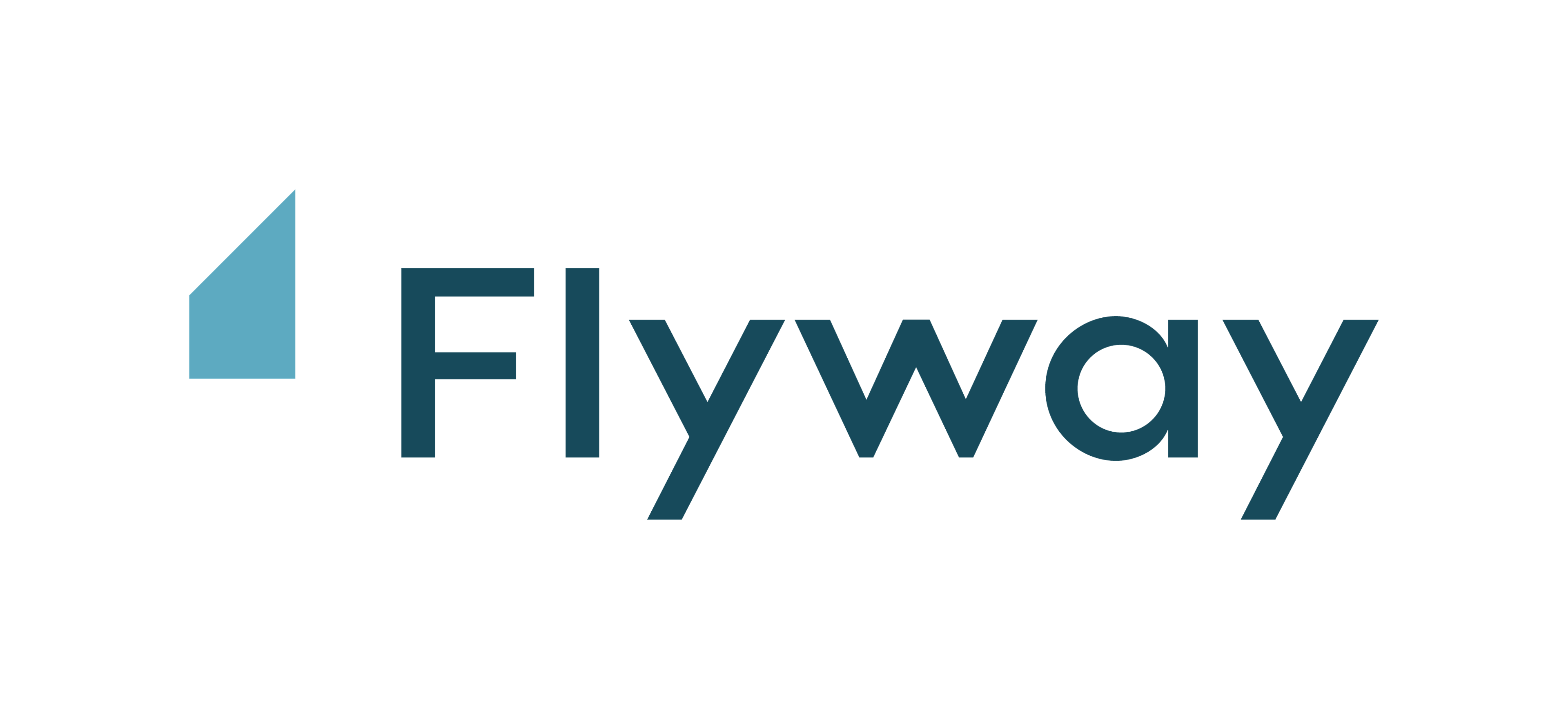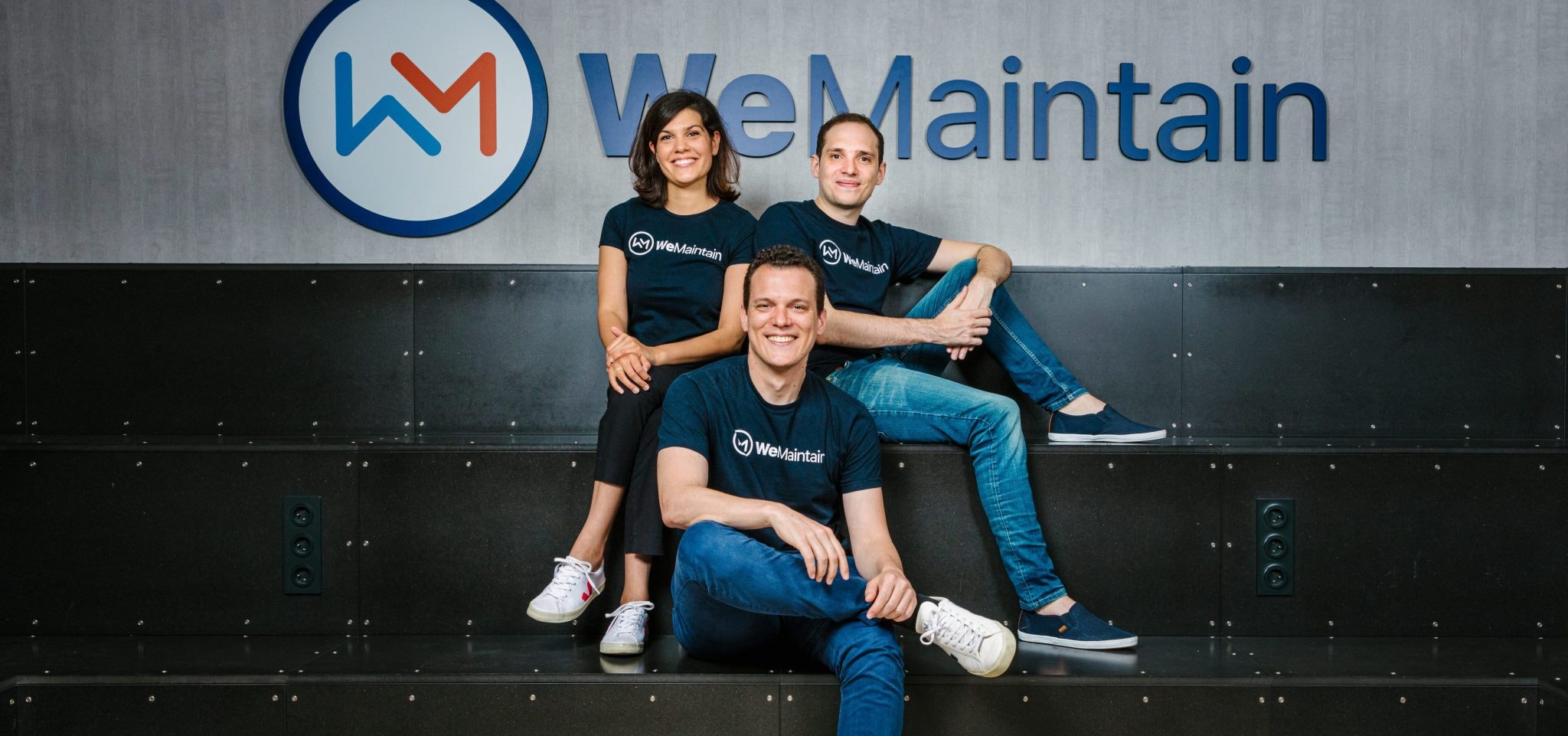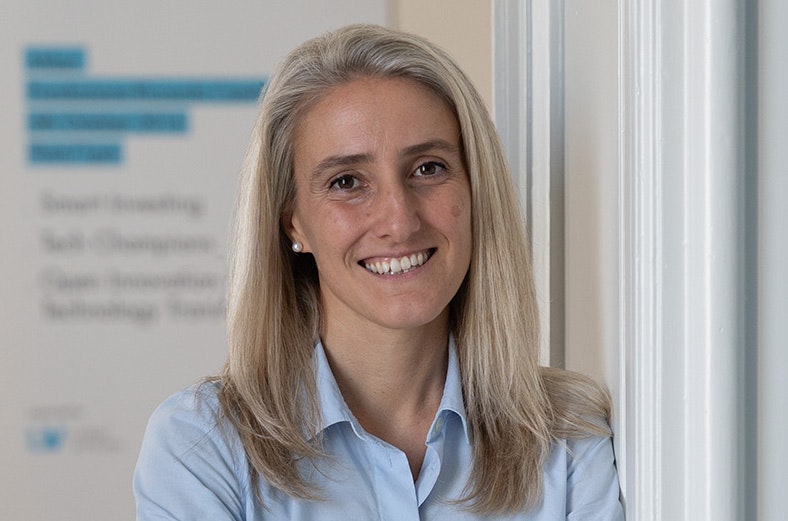Imagine stepping out of a pristine two-bedroom apartment near London’s coveted Mayfair. Then imagine you’re not just staying in a nice Airbnb, you actually own the property.
One proptech trend — dubbed co-ownership by new proptech on the scene, Flyway — wants to make dreams of luxury “prime” second homes like this a reality. It’s based on a fractional ownership model, where an asset’s shares are sold to individuals who become shareholders, and is maintained with the help of apps and algorithms.
Real estate is the world’s largest asset class, worth trillions. It’s stubbornly analogue, but proptech trends like co-ownership have emerged to push it into a digital future. In the UK, proptech investment hit a record high of £1.6bn in 2021.
New technologies enable a lot of new types of partnerships and new types of people interacting with assets
“New technologies enable a lot of new types of partnerships and new types of people interacting with assets,” says Nikos Drandakis, chief executive of Flyway. “What we care about right now is the mass market — how quickly can people adopt this new model and enjoy their second homes?”
But does co-ownership really work and how does it fit into the wider proptech boom? We dive into why this trend is hot property.
The big prop-ortunity
Flyway’s co-ownership model works by setting up a limited company and splitting it into 12 parts, with each part costing a twelfth of the property’s price and allowing up to 30 nights of use in the home.
“We identify prime new builds in the heart of metropolises like London, buy them and convert them into an Ltd with 12 shares. Every time you buy one share, you get real estate ownership plus a corresponding amount of stay nights from the calendar year,” says Drandakis. “As soon as we sell all the shares to the apartment, we stop being the owner and we switch to the role of property manager.”
The startup manages the fully furnished property for as long as the owners wish, through a monthly service fee of £99. Information about bills, timings of stays and maintenance can be found on Flyway’s app, as can a dedicated Flyway Concierge, who acts as a middleman between you and the other co-owners. This allows co-owners to stay anonymous, while also letting you vote together on relevant decisions, like the purchase of a new TV or appliance.
“You get the best of both worlds, between owning something and not having to worry about how to maintain what you own,” he adds. “You get the benefits of ownership, but you also get the benefits of staying in a hotel because the moment you check in, everything is ready and taken care of.”
Housing scarcity is really complicated to tackle
Drandakis says co-ownership provides an opportunity for people to own types of property that they wouldn’t have had access to previously. While Flyway is focusing on upmarket homes right now, he adds the model could be replicated in other areas of the market.
While the UK faces a housing crisis, second home owners in the UK have increased.
“Housing scarcity is really complicated to tackle,” Robin Rivaton, investment director at Eurazeo, told Sifted. “I’m pretty sure it won’t be uncommon to have a co-investor in your home in the coming years.”
Seriously, it’s not a timeshare
The value of fractional ownership has long split opinions; some argue it’s a smart way to buy a holiday home, others warn it can backfire if it loses value or you lose interest. Its first iteration can be traced back to time-sharing in the 1960s, which was then revamped into co-ownership models in the 90s.
Drandakis says co-ownership is different to time-sharing because time-sharing just gives you “the right to use time” in someone else’s asset (ie a hotel, resort or condo), whereas co-ownership gives you the right to spend time in an asset you co-own.
“Usually these properties are embedded inside big hotels or resorts, where, in our case, you buy a normal residential property,” he says. “If we go out of business as a company, you don’t lose anything because we are just the property managers, you can just hire another property manager.”
Ownership also means any equity gain resulting from a rise in property prices is yours to keep, should you choose to sell your share.
Usually these properties are embedded inside big hotels or resorts
“When you want to sell your share, you have two options,” says Drandakis. “First, you give the right to the other owners to buy your share. If they pass, you sell it on the open market.”
So far the Financial Conduct Authority (FCA) does not regulate fractional ownership, while it's always possible the asset may depreciate in value. Also, when it comes to luxury new second homes, it's often the case that no rental income can be generated, due to local restrictions.
Turning to tech
Another key difference between Flyway and timeshares is that the time used by residents is managed by an algorithm.
“The owners share a common calendar of the properties, so they make bookings for the dates they want to stay,” says Drandakis. “It’s very rare that you come across another owner that wants the apartment for the same dates as you, but if it happens the algorithm takes care of it and you split the dates or you rotate.”
This is just one of many ways tech is modernising the brick-and-mortar real estate industry. One chief executive of a London-based SaaS company that makes software for handling rent told Sifted “95% of the industry is still using Excel”.
For example, Rivaton says property looks like one of the few sectors in which blockchain is actually solving a problem, in areas such as fractional ownership through retail investment platforms.
“All these models are very interesting and give a sense of what’s coming in the next few years in proptech,” says Drandakis. “Where companies, with the help of technology, can disrupt the market.”



